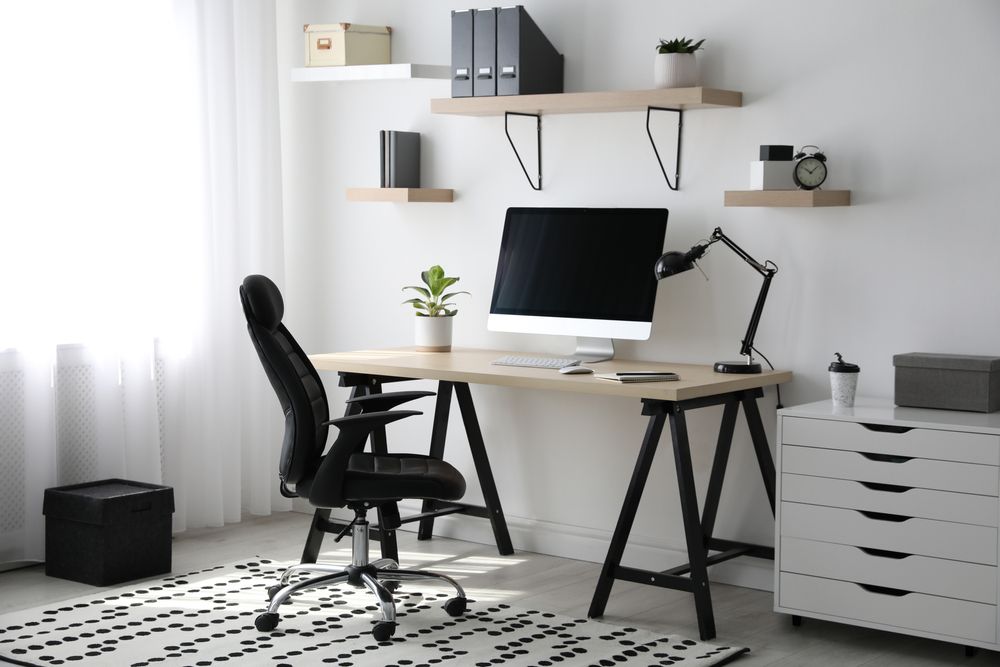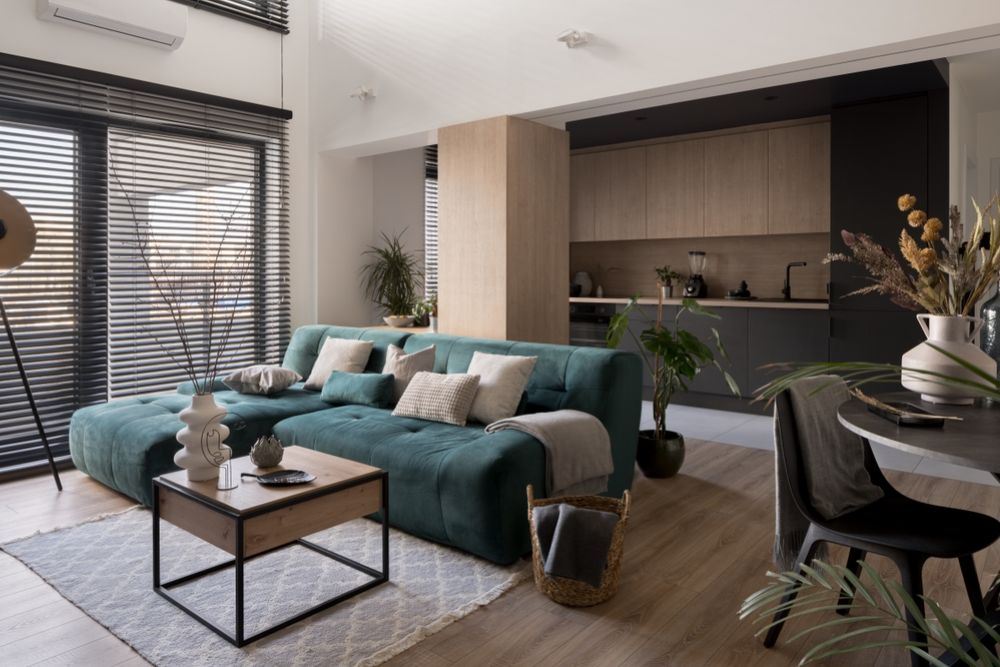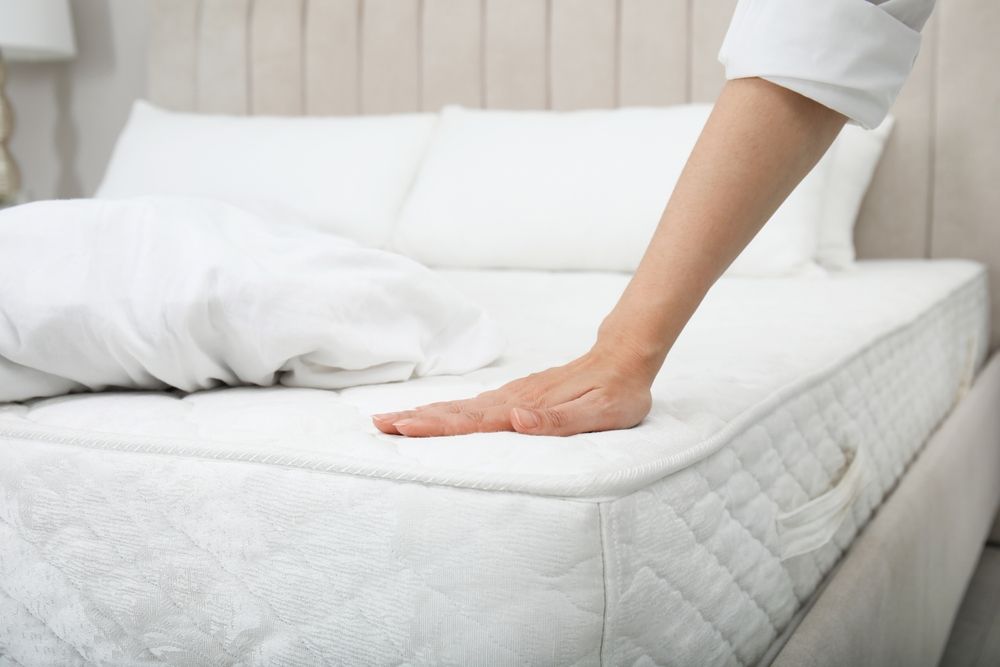Whether you're working from home, in a traditional office, or building your dream workstation, investing in a high-quality office chair is one of the smartest decisions you can make. It’s more than just a piece of furniture — it's a daily support system for your posture, productivity, and physical health.
Cheap chairs may look appealing at first, but they often lead to discomfort, back pain, and short lifespans. A high-quality office chair, on the other hand, offers proper support, adjustability, and durability that can enhance your comfort and focus for years. Here’s exactly what to look for when shopping for a chair that meets the demands of serious work and long hours.
1. Ergonomic Design for Long-Term Comfort
At the heart of any great office chair is its ergonomics — how well it supports the natural shape and movement of your body. Poor ergonomics can lead to back pain, shoulder tension, and repetitive stress injuries.
Key Ergonomic Features:
-
Lumbar support: Adjustable support for your lower back is essential
-
Contoured seat and backrest: Follows your body’s natural shape
-
Waterfall seat edge: Reduces pressure behind the knees and improves circulation
-
Synchro-tilt or reclining mechanism: Encourages movement and posture changes
Ergonomic chairs promote active sitting and minimize fatigue by allowing micro-movements throughout the day.
2. Adjustability That Matches Your Body
No two people are the same — and your office chair should reflect that. A high-quality chair should offer multiple points of adjustment so you can fine-tune it to your specific size and working style.
Adjustments to Look For:
-
Seat height: Your feet should rest flat on the floor with knees at 90°
-
Seat depth: Adjust so you have 2–3 inches between the edge of the seat and the back of your knees
-
Armrest height and width: Should allow relaxed shoulders and elbows bent at 90°
-
Backrest tilt and tension: Lets you recline comfortably and maintain spine alignment
-
Lumbar height or firmness control: Customizes back support
The more adjustability a chair has, the more likely it is to support healthy posture for a wide range of users.
3. Supportive and Breathable Materials
High-end office chairs prioritize both comfort and durability in the materials used for the seat, back, and armrests.
Common Material Types:
-
Mesh: Breathable and supportive, ideal for long hours and warm environments
-
Fabric: Comfortable and soft, but may retain heat
-
Leather or faux leather: Sleek and cushioned, but can get hot and sticky over time
-
Hybrid designs: Combine mesh backs with cushioned seats for the best of both worlds
Also consider the cushion density — a high-quality chair will use high-resilience foam that retains shape over time, not flat padding that degrades within months.
4. Sturdy Base and Mobility Features
A well-built base ensures long-term durability, especially for users who frequently roll, swivel, or shift their posture. The quality of the base affects both safety and mobility.
What to Check:
-
Five-point base: Provides superior stability over four-point designs
-
Nylon or metal frame: Metal tends to be more durable, especially for heavy use
-
Smooth casters: Ensure easy rolling on your floor type (carpet vs. hardwood)
-
Swivel capability: Full 360° motion improves efficiency and reach
If you’re on the heavier side or using the chair intensively, look for chairs rated for higher weight capacity with reinforced components.
5. Back Support and Reclining Options
Good posture isn’t just about sitting upright — it’s about dynamic support throughout your workday. A quality office chair should allow you to lean back slightly and shift your posture with ease.
Reclining Features to Look For:
-
Synchro-tilt: Backrest reclines in sync with the seat for more natural movement
-
Tilt tension control: Adjusts how easily the chair leans back
-
Locking recline positions: Enables different angles for reading, typing, or relaxing
-
Backrest height adjustment: Great for taller users who need support in specific areas
Reclining periodically reduces pressure on your spine and helps maintain circulation — a feature often overlooked in lower-end chairs.
6. Headrest and Neck Support (Optional but Beneficial)
If you work long hours, especially in a reclining posture or on calls, a headrest can be a game-changer. While not essential for everyone, it adds comfort and support for the neck and upper spine.
Ideal Headrest Features:
-
Height and angle adjustability
-
Supportive yet padded design
-
Removable for customization
Headrests are particularly helpful for taller users or those who like to recline during breaks or video meetings.
7. Build Quality and Warranty
A truly high-quality office chair isn’t just about comfort — it’s also about investment value. Look for reputable brands that stand behind their products with strong warranties and solid craftsmanship.
Indicators of Good Build Quality:
-
Steel or aluminum frame instead of plastic
-
High-density foam or molded seating
-
Weight capacity over 250 lbs
-
Name-brand components like gas lifts and casters
Check the warranty — top-tier chairs often come with 5- to 12-year warranties and replacement part availability.
8. Style and Aesthetics
While ergonomics come first, you don’t have to sacrifice style. A high-end office chair can elevate the look of your workspace and even reflect your personality or professional image.
Design Considerations:
-
Color and material options (mesh vs. leather, minimalist vs. executive)
-
Profile that fits your workspace size
-
Matching accessories like lumbar pillows or footrests
Many top models offer customizable finishes so your chair can fit seamlessly into your home office or corporate environment.
9. User Reviews and Brand Reputation
Even if a chair looks great on paper, real-world feedback is invaluable. Look for in-depth reviews from verified buyers — especially those who’ve owned the chair for 6 months or more.
Where to Check:
-
Reddit’s r/OfficeChairs or r/Ergonomics
-
Long-form YouTube reviews
-
Amazon, Best Buy, or specialty ergonomic furniture retailers
-
Company websites with transparent user reviews
Stick with reputable brands known for consistent quality, such as Herman Miller, Steelcase, Humanscale, or Haworth. These brands may have a higher upfront cost but offer unmatched reliability and comfort.
10. Try Before You Buy (If Possible)
Ergonomics are personal. If you can, test out the chair in person at an office supply store or showroom. Even high-end chairs may not suit every body type.
When Trying a Chair, Pay Attention To:
-
How your back feels after 10–15 minutes
-
Whether the seat pan puts pressure on your thighs
-
How easy it is to adjust the features
-
Whether armrests support your elbows naturally
If buying online, make sure there’s a return policy or comfort trial period in case it doesn’t work for you.





